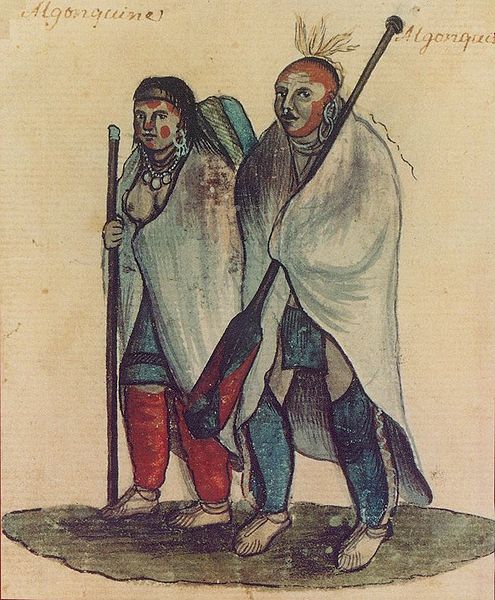This is hardly the first time we’ve brought up the Basque whalers in Canada, like the time we mentioned the discovery of the oldest European object found in that part of North America (we’ll be bringing you more about that shortly). But today we’re going to talk about culture in a more profound sense. We’re referring to the Wikipedia article on a pidgin used by the Algonquian peoples to communicate with the Basque whalers.

For those not well versed in the finer points of linguistics, we’ll refer to the Wikipedia definition to illustrate what a “pidgin” is:
A pidgin[1][2][3] /ˈpɪdʒɪn/ is a grammatically simplified means of communication that develops between two or more groups that do not have a language in common: typically, its vocabulary and grammar are limited and often drawn from several languages. It is most commonly employed in situations such as trade, or where both groups speak languages different from the language of the country in which they reside (but where there is no common language between the groups).
Fundamentally, a pidgin is a simplified means of linguistic communication, as it is constructed impromptu, or by convention, between individuals or groups of people. A pidgin is not the native language of any speech community, but is instead learned as a second language.
It’s not the longest entry, but it makes references to interesting articles on the matter. We can also find out more in a very informative Euskonews article (traducción automática) written by Michel Usereau under the title “The Basque-Native American Pidgin”.
It’s incredible, the story of the Basques in the area around the St. Lawrence never ceases to amaze, not only because of its importance but also because of how few of us Basques actually even know about this part of our own history.
Wikipedia – 6/7/2012 – USA
Algonquian-Basque pidgin

The Algonquian–Basque pidgin was a Basque-based pidgin spoken by Basque whalers and various Algonquian peoples.[1] It was spoken around the Gulf of Saint Lawrence. It was last attested in 1710.[1]
There were three groups of First Nations that the Basque people distinguished. The ones with which they had good relations were the Montagnais and the St. Lawrence Iroquoians. They also knew of the Inuit, whom they considered hostile. The Basque people referred to them as the Montaneses, the Canaleses and the Esquimoas, respectively.[3]
(Follow) (Automatic translation)
Last Updated on Dec 20, 2020 by About Basque Country




























